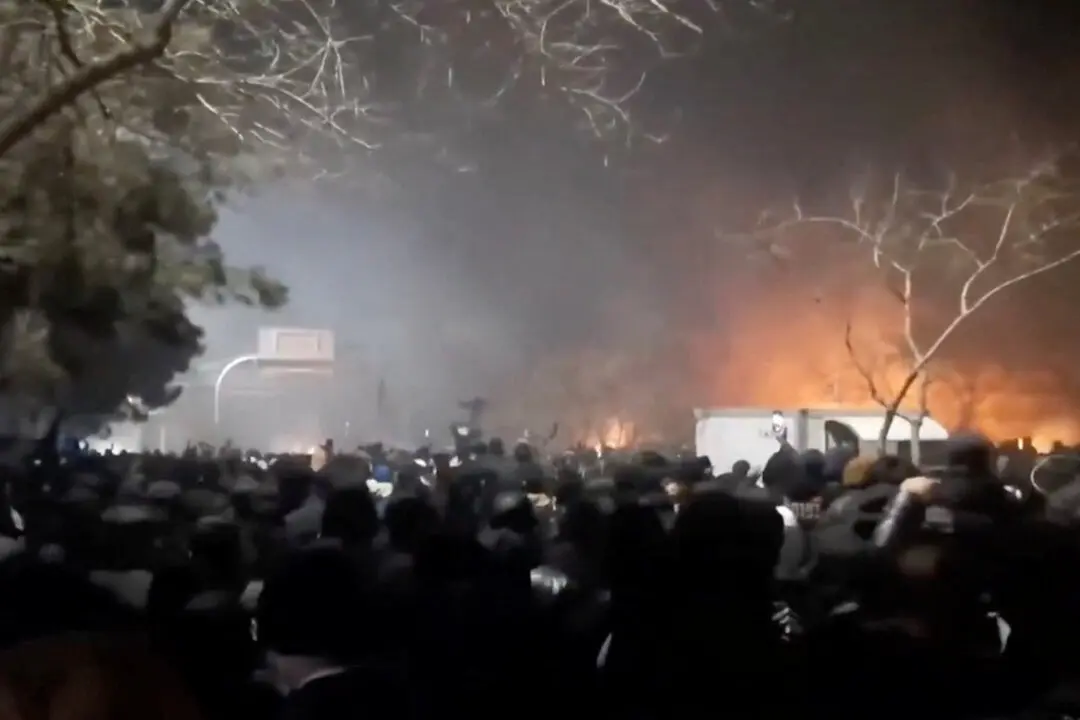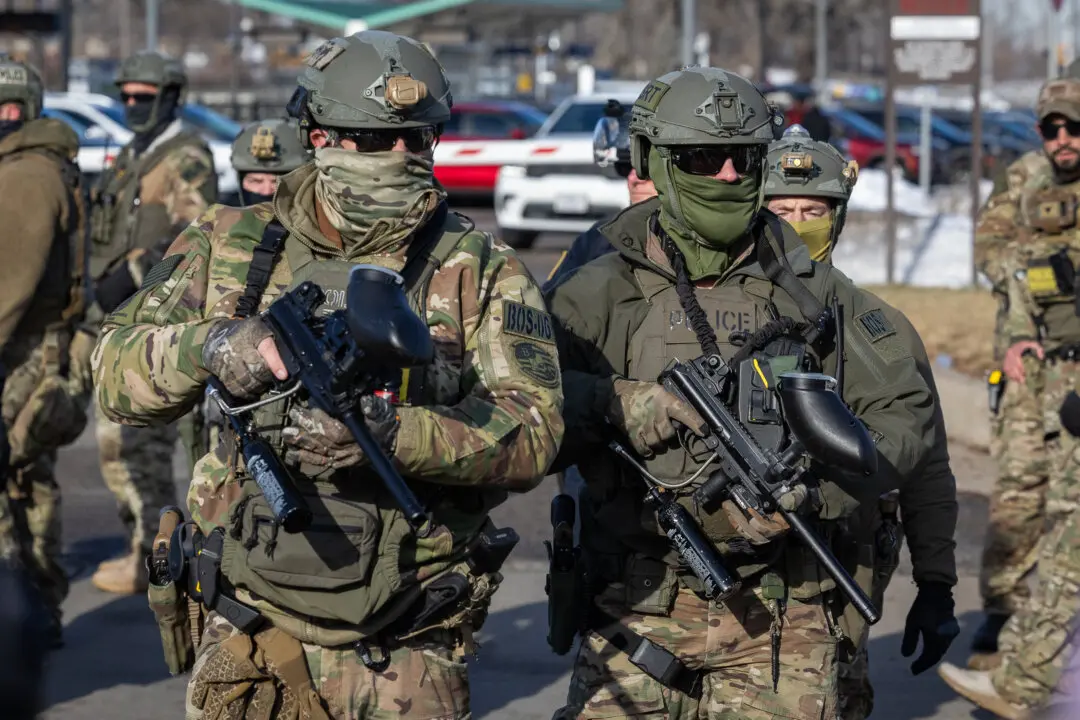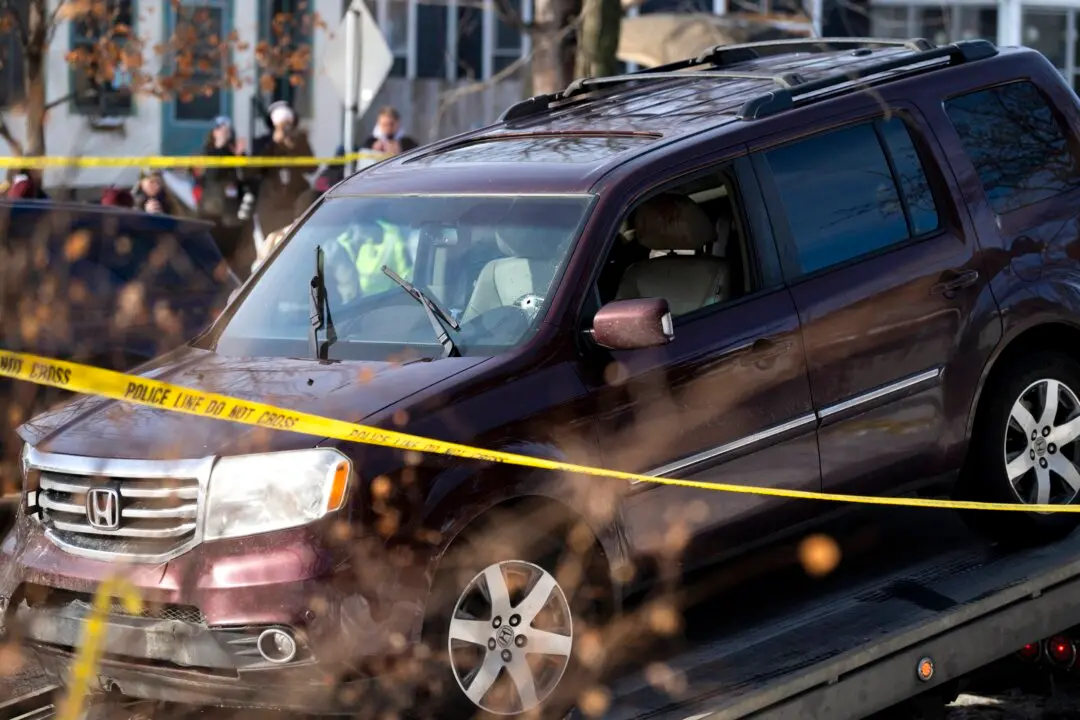The only baby who was born inside of Chernobyl’s exclusion zone following the nuclear disaster is now nearly 20 years old.
Mariyka Sovenko, whose last name was not disclosed, was born and raised in the extremely polluted exclusion zone in Ukraine, according to the Daily Mail, which said she is the only child known to have been born there.





